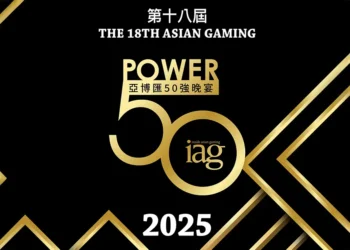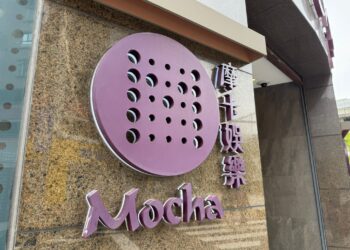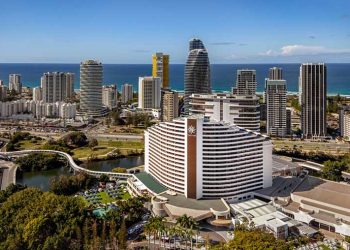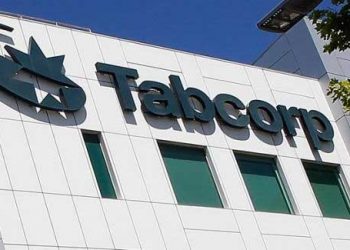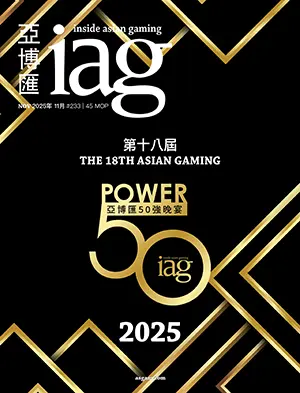Moody’s Ratings has become the second ratings agency in a little over a week to lower its outlook for Macau’s SJM Holdings, pointing to the company’s elevated leverage and uncertainty around whether it can hold onto satellite casino customers when its nine satellites close at the end of the year.
In a note, Moody’s said it had affirmed SJM’s Ba3 corporate family rating (CFR) and the B1 backed senior unsecured rating on bonds issued by the company’s subsidiary Champion Path Holdings Limited but had changed the outlook to negative from stable.
“The change of outlook to negative reflects a high likelihood that SJM’s financial leverage will remain elevated over the next 12 to 18 months, given its weaker-than-expected results in the first six months of 2025,” said Moody’s Vice President and Senior Credit Officer, Stephanie Lau.
Moody’s expects SJM’s debt/EBITDA leverage to stay high at 7.3x in 2025 after the company recently reported a 5% decline in Adjusted EBITDA for 1H25 – hurt by exceptionally low win rates plus higher costs.
Although leverage is expected to meaningfully improve in 2026, the agency noted “there is uncertainty around customer retention or the extent of earnings generation from the satellite table reallocation, and the likelihood of higher debt incurrence to fund satellite casino acquisitions.”
SJM has stated previously that while it will shutter at least seven of its nine existing satellite, it is hoping to fully acquire two of its core satellites in L’Arc and Ponte 16. It will also relocate tables at closing satellites to its wholly-owned properties including additional casino space it will acquire from parent company STDM at Hotel Lisboa.
Assuming all goes to plan, Moody’s expects SJM’s levereage will improve to about 5.7x in 2026, driven by a 15% to 20% increase in EBITDA and a modest debt reduction.
“Higher earnings will be mainly supported by the reallocation of satellite casino tables to SJM’s existing self-owned properties,” the agency said. “Other contributing factors include continued moderate growth in gaming revenue, a further ramp-up of Grand Lisboa Palace and a normalization of the win rates.”













